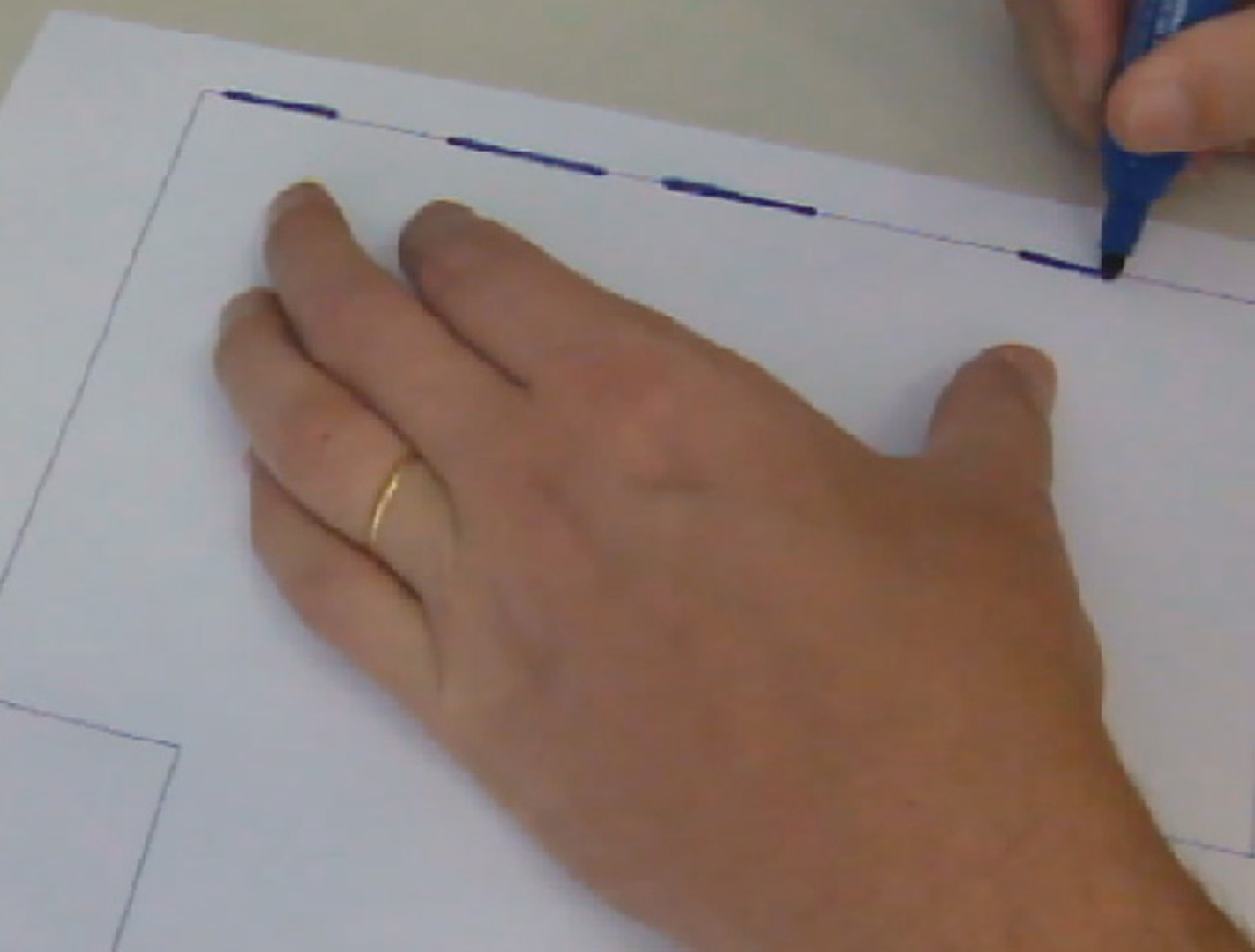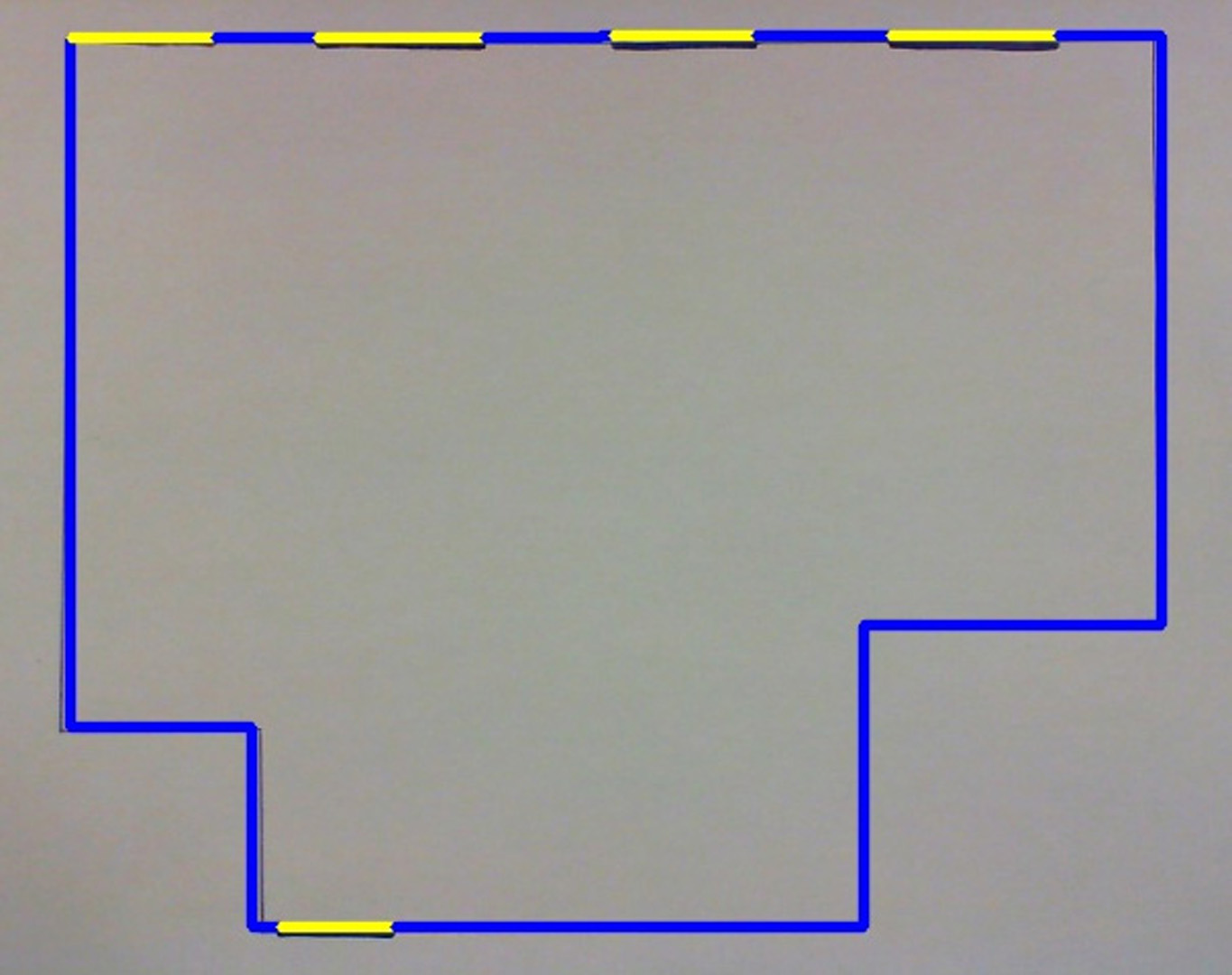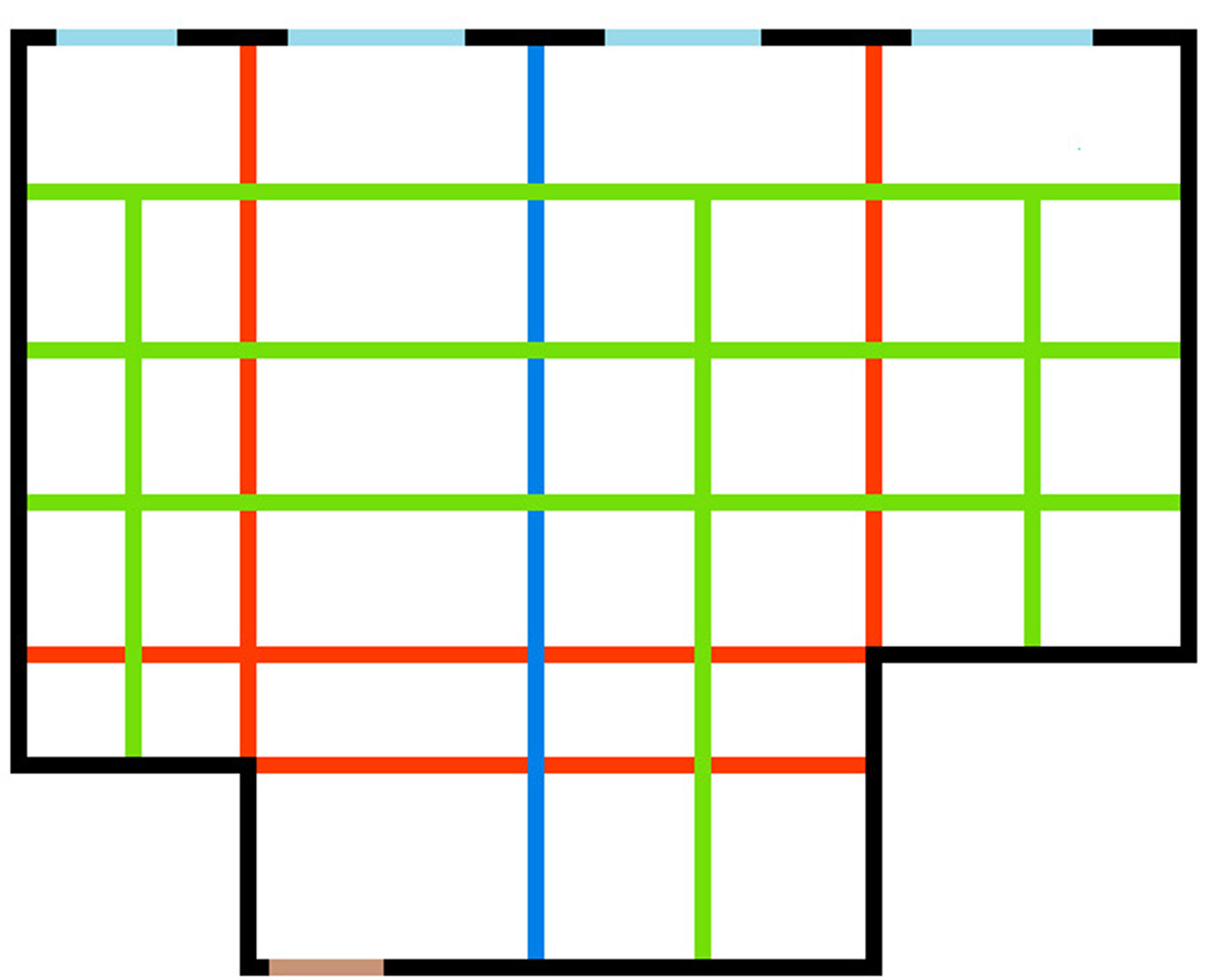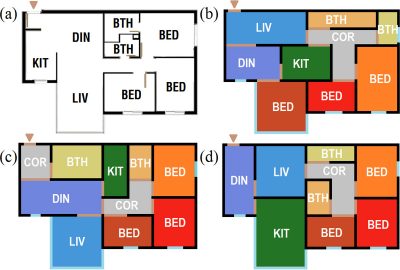“Procedural floor plan generation from building sketches” by Camozzato, Dihl, Silveira, Marson and Musse
Conference:
Type(s):
Title:
- Procedural floor plan generation from building sketches
Presenter(s)/Author(s):
Entry Number: 51
Abstract:
Computer graphics applications require models which are crafted by hand, requiring skill and time. In architectural applications an automated system that converts 2D floor plan images into 3D building models can be used to lower the modeling cost, and in video games procedural algorithms can be used to generate content, including cities, buildings and floor plans. One motivation to generate floor plans for predetermined building exteriors is that building generators often create only a fac¸ade without the interior. Another motivation is in planning real-world layouts, often tackled as an optimization problem (e.g. [Merrell et al. 2010] and [Peng et al. 2014]). The state of the art in [Merrell et al. 2010] uses machine learning and stochastic optimization to generate realistic layouts. However, it is unsuitable in our case because the exterior appears as a result of the layout. Our approach generates floor plans using both the building exterior and user requisites as constraints. The proposed method [Camozzato et al. 2015] handles a variety of image styles and building shapes, and the run time remains low (around 1 ms versus a 30 s optimization reported by [Merrell et al. 2010]).
Additional Images:
- 2015 Posters: Camozzato_Procedural floor plan generation from building sketches
- 2015 Posters: Camozzato_Procedural floor plan generation from building sketches









